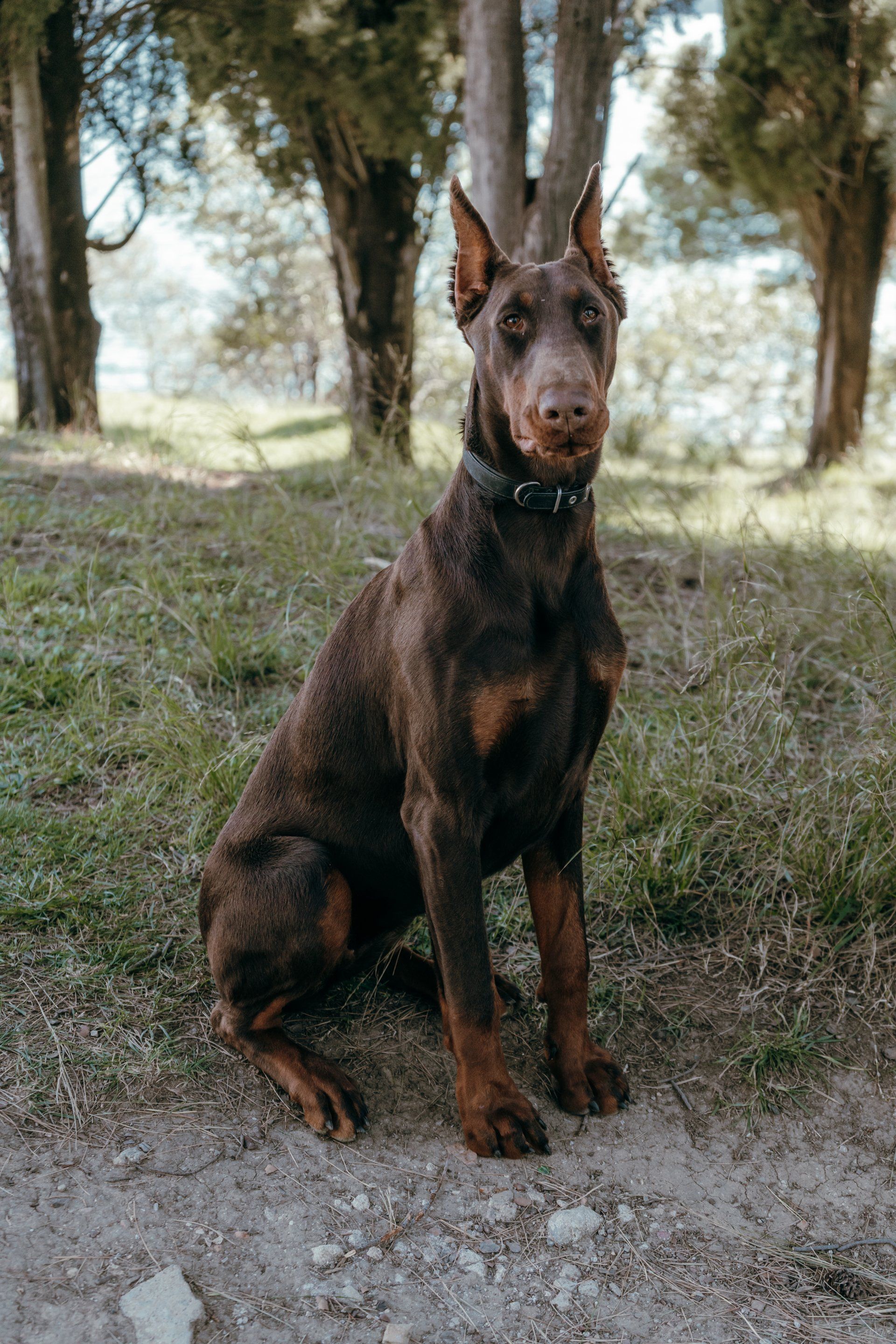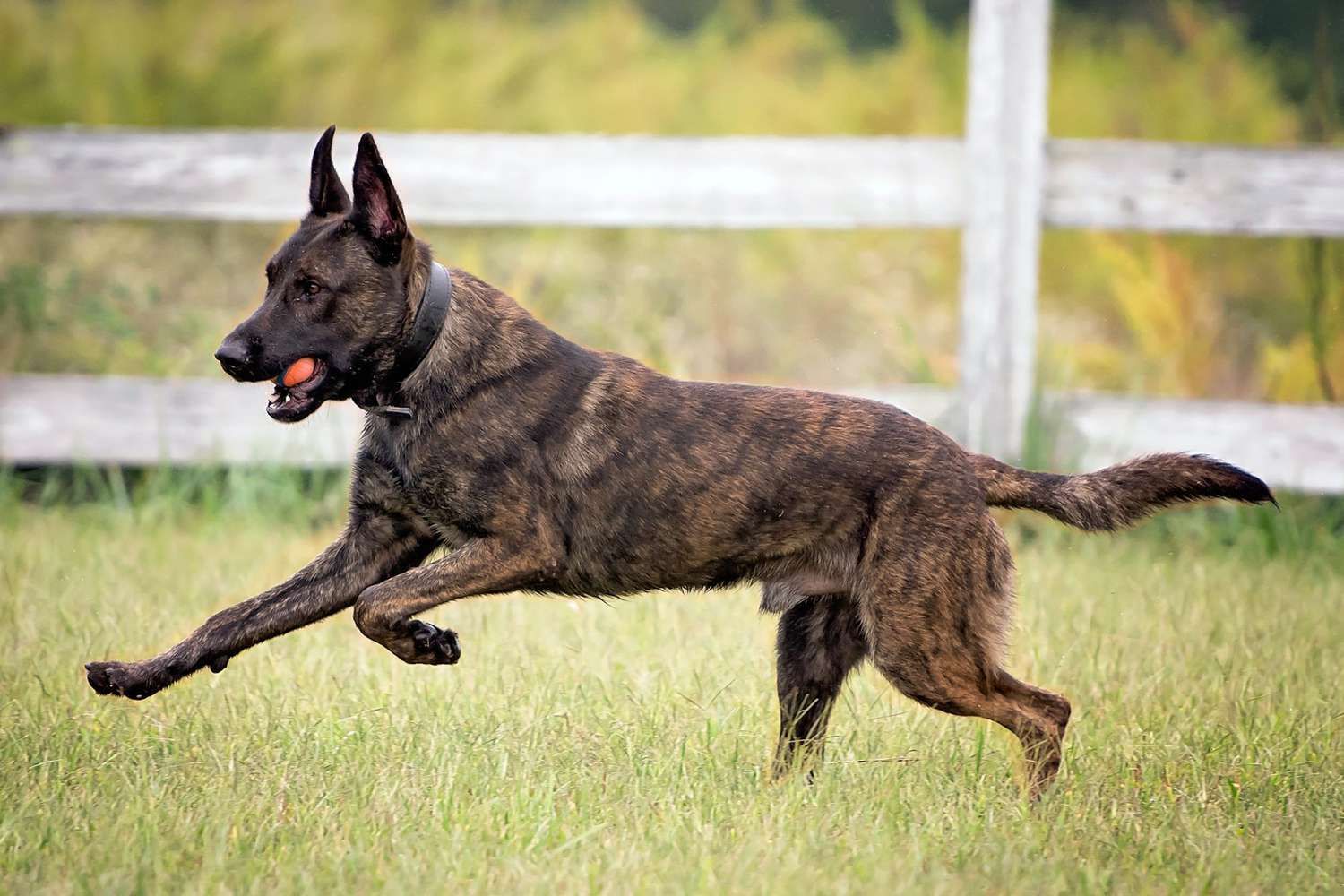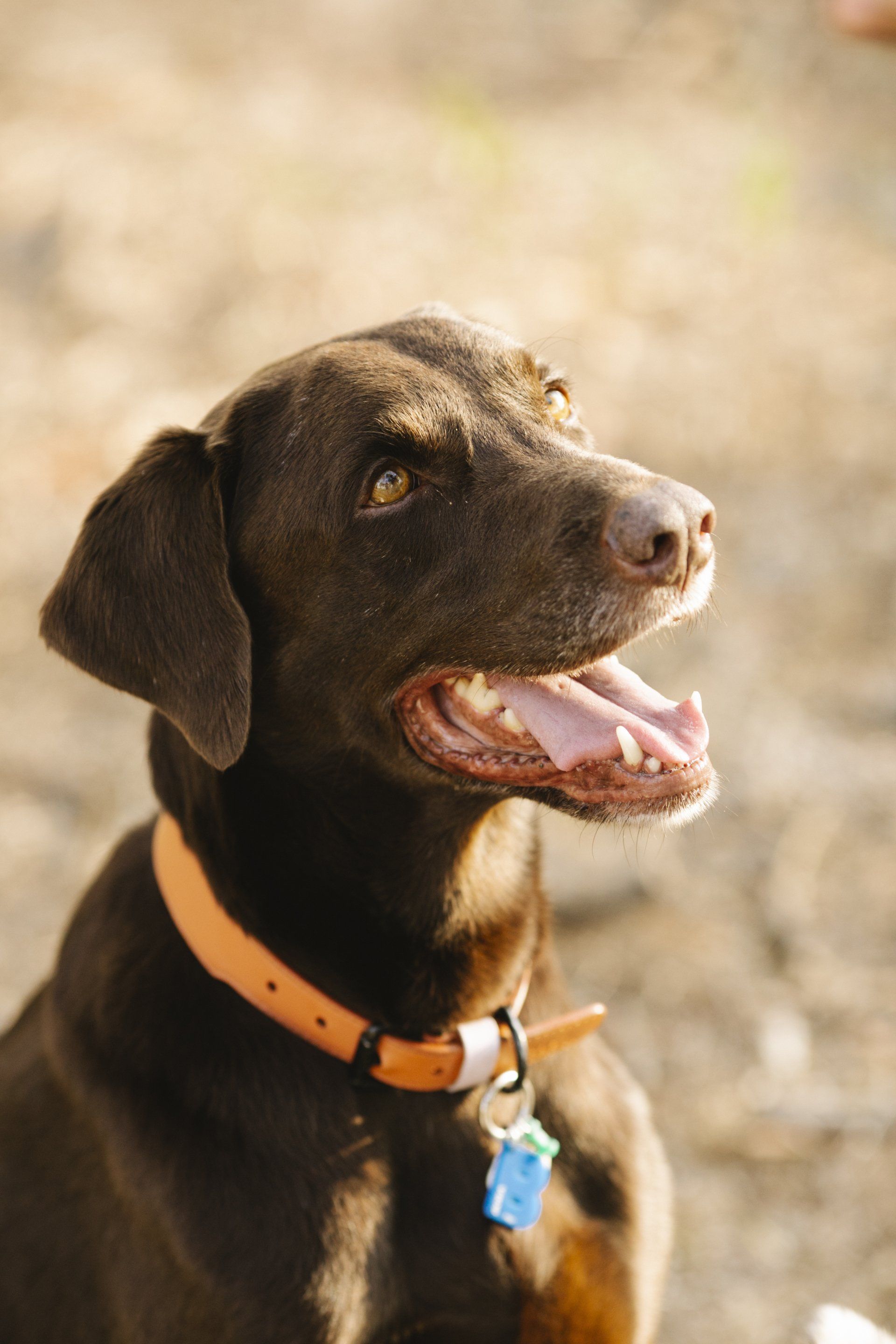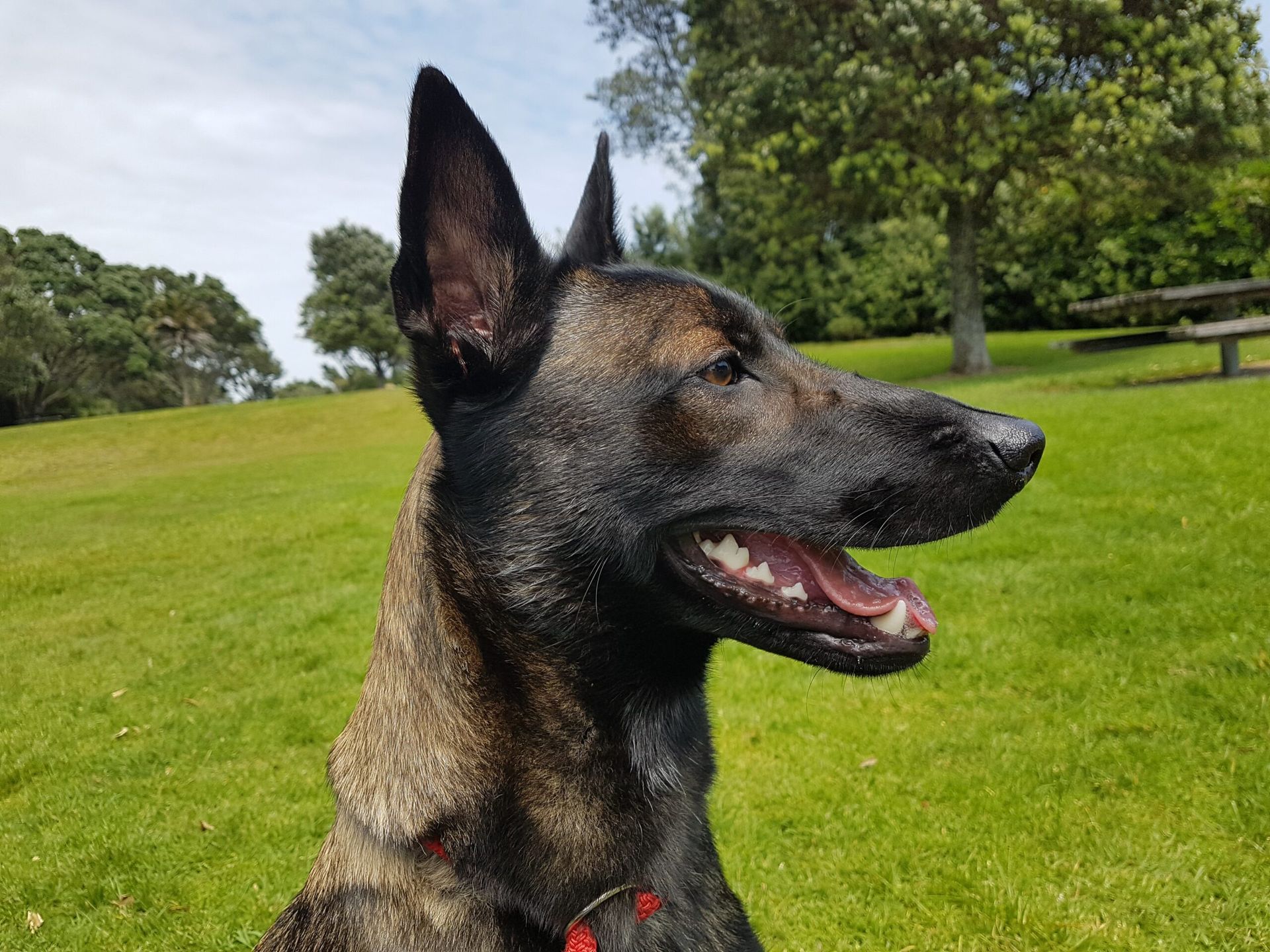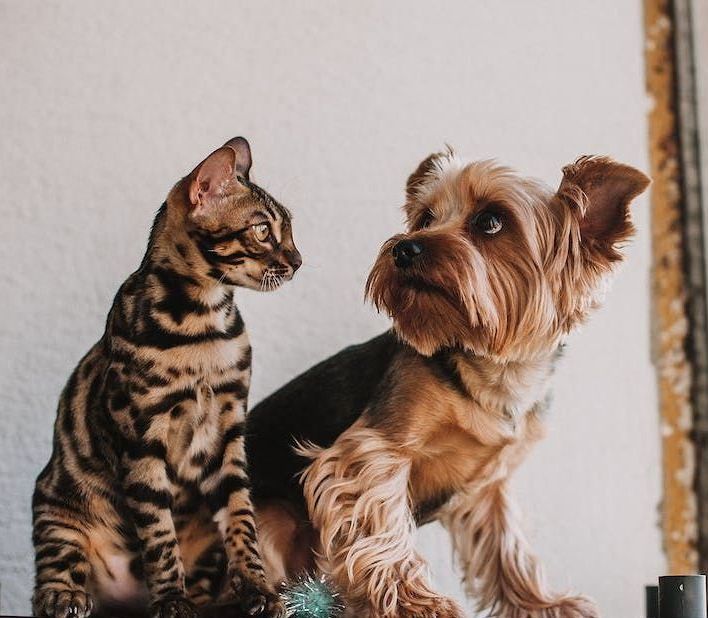Honoring Our K9 Veterans
Beyond Loyalty
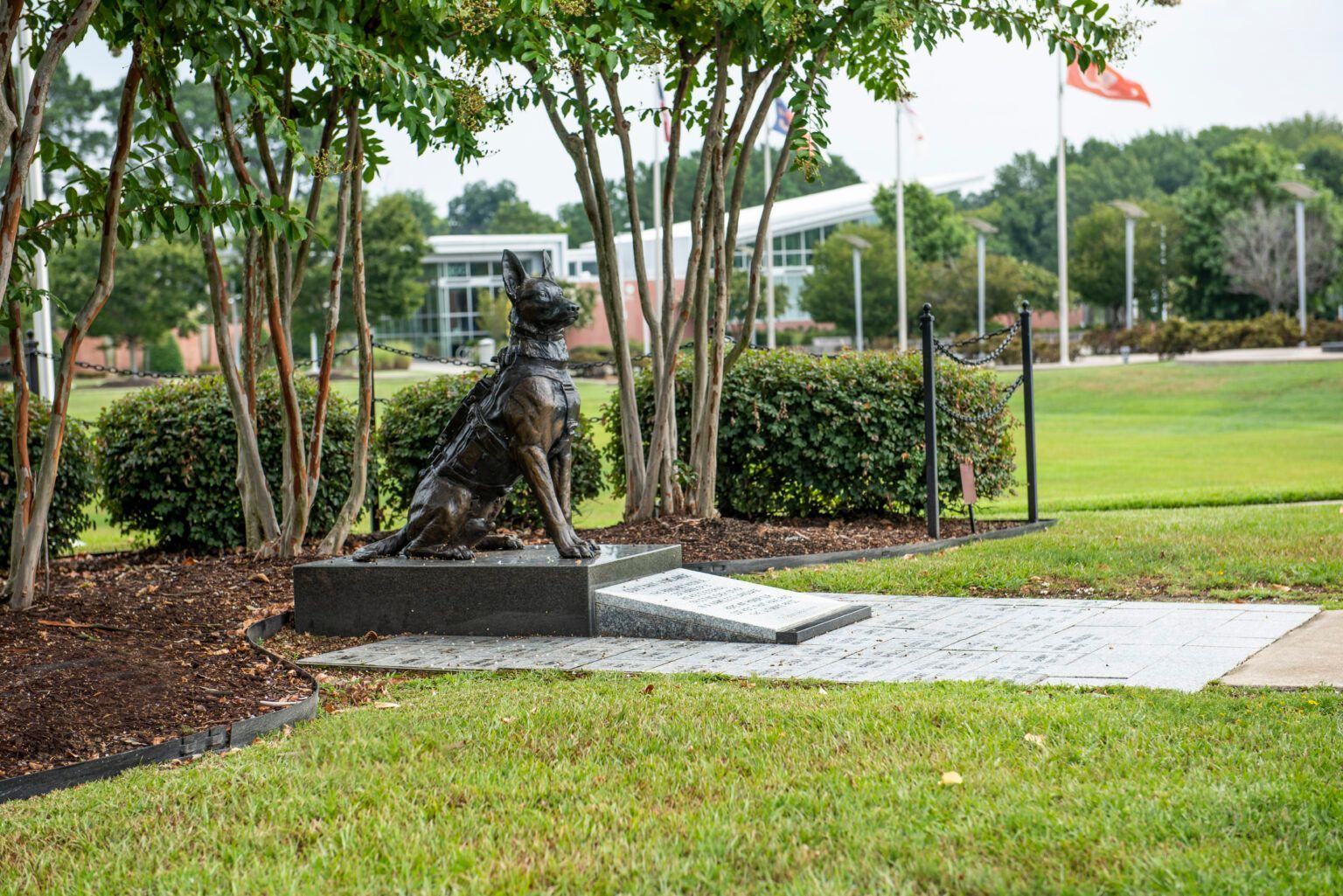
“Constant Vigilance. The bond between a SOF Handler & his K9 is eternal. Trusting each other in a nameless language. Here we honor our SOF K9s that have paid the ultimate price.” These words are written on the plaque of the Special Forces K9 memorial statue in Fayetteville, NC. The significance of canine forces in the U.S. military throughout history and today has proven that the bond between man and dog is far more than loyalty and strength. For National K9 Veterans Day, let’s take a moment to remember why we should celebrate today by learning the history of military working dogs (MWD) and some of the most renowned K9 soldiers in history!
What is K9 Veterans Day?
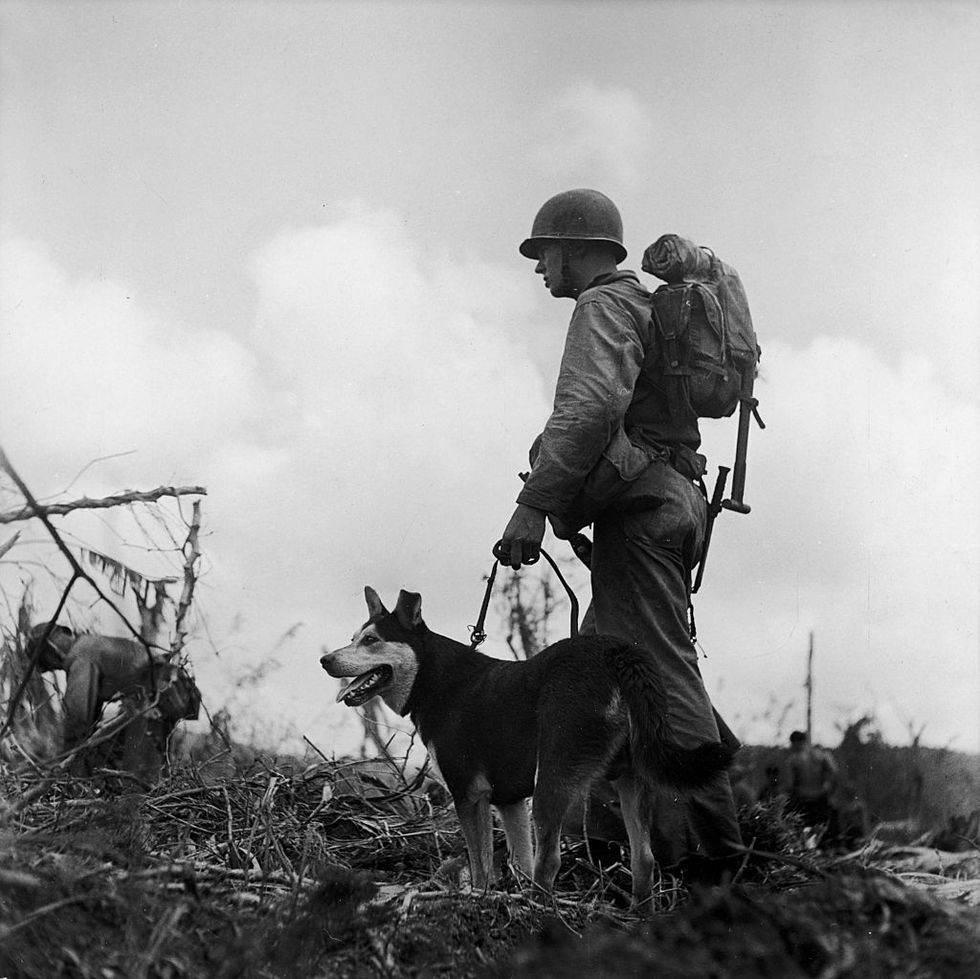
K9 Veterans Day is a day to commemorate the service and sacrifice of the thousands of working dogs in the U.S. military in history and today.
For over eight decades, the U.S. military has been enlisting a multitude of dogs in which dedicated and expert K9 handlers have been training them to become skilled officers within their ranks. In December of 1941 when our country entered World War II, the American Kennel Association and the organization Dogs for Defense began searching for strong and healthy dogs by motivating pet owners to help their cause. Later in 1942, the Quartermaster Corps of the U.S. Army (QMC) began training dogs. On March 13th, 1942 the
U.S. Army K9 Corps
was formed, thus marking it the official date for National K9 Veterans Day. Later that same year, the QMC began training K9 forces for the U.S. Navy, Marines, and Coast Guard.
The History of Military Working Dogs
There is no doubt that dogs have been extremely vital in military use. The earliest recorded use of dogs in combat is in 600 BC by the Egyptian, Greek, and Roman military. However, the United States has used canines more effectively than any other military. Every MWD undergoes extensive assessments before being chosen to begin training for the military. Of those, only about 50% make it past training. Today, there are about 2,500 MWDs who are serving our country in our military. Each of those MWDs has special jobs that are all equally important.
For a while, most of our military service dogs have come from breeders in Germany and the Netherlands who have bred their dogs specifically for military use for hundreds of years. Knowing this, it made it easier for the U.S. military to select dogs that exhibited the desired traits they needed. The ideals are dogs that show aggressiveness (e.g. some puppies in the training program display anxiety when having to bite other humans purposely and therefore do not pass training), intelligence, and obedience (i.e. they must have a keen sense of smell and be able to follow orders on command). However, most recently, since partnering with the American Kennel Association, they have fostered a breeding program to create our slew of military working dogs. The largest breeding program from MWD is located in San Antonio, Texas at the Lackland Air Force base. The dogs are trained for many
specific jobs including search and rescue, attack, patrol, tracking, and explosive detection.
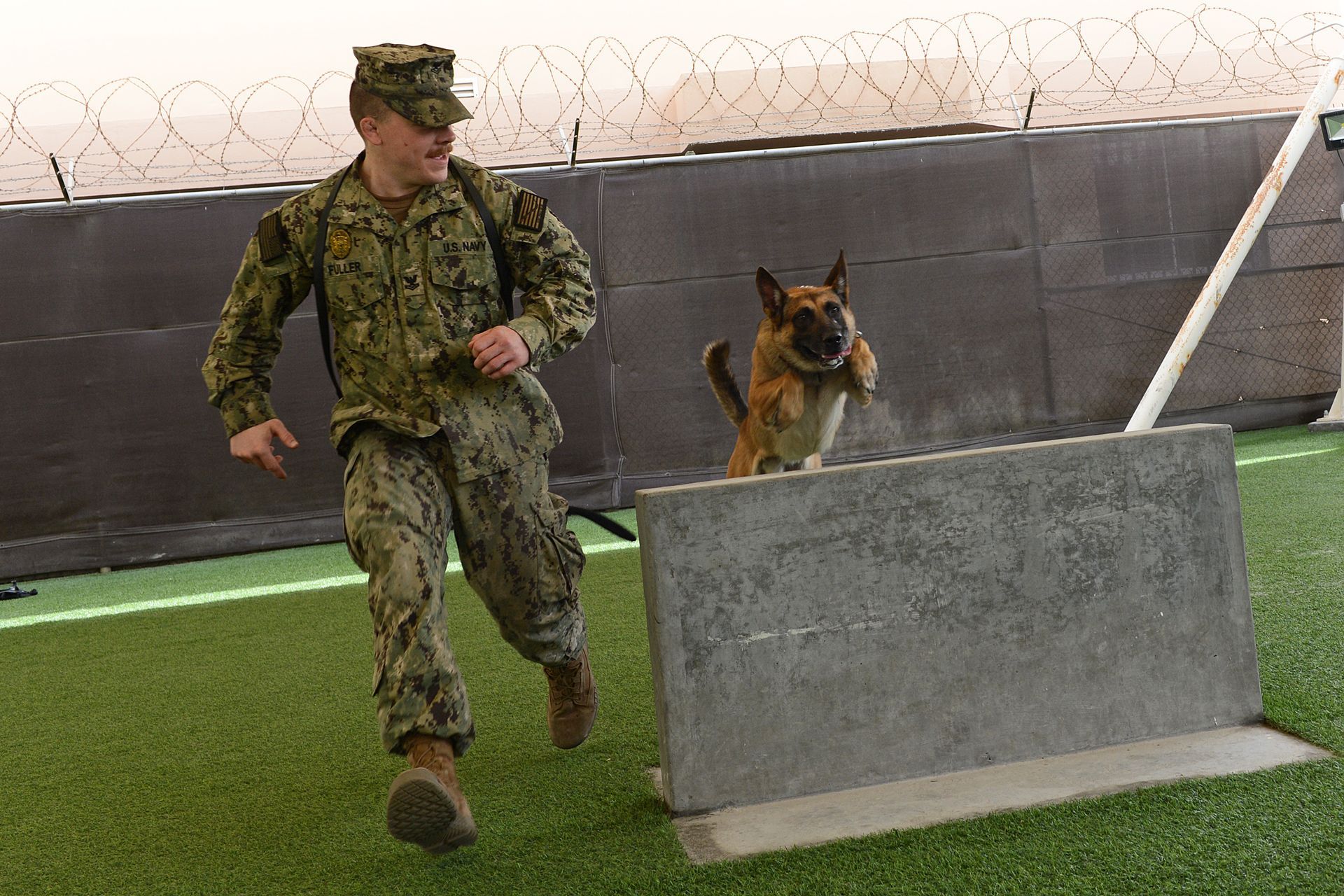
A common misconception about military working dogs is that they are all typically German Shepherds. While many are German Shepherds, the military also chooses breeds such as Doberman Pinchers, Dutch Shepherds, Labrador Retrievers, Belgian Malinois, and even breeds like Jack Russell terriers for detection. Each branch of the U.S. military utilizes K9 forces.
K9 Veterans to Remember
There have been many courageous canine soldiers who have fought in our United States military and who have countless “tails” of their bravery. However, there are a few that have especially made their mark in history and on the hearts of their fellow soldiers. Here are 3 of some of the most significant canines in U.S. military history and their stories.
Stubby
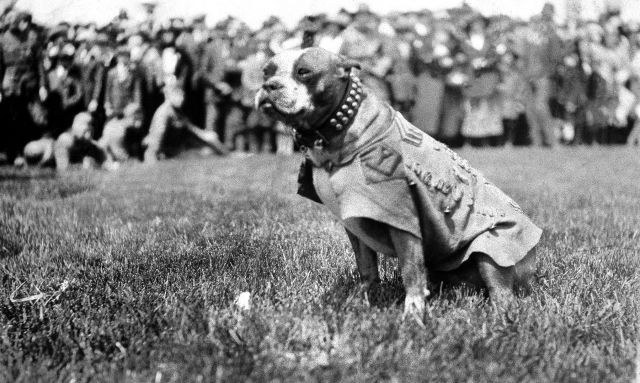 Sgt. Stubby
Sgt. StubbySergeant Stubby was the original dog of war who fought bravely in World War I. He was also the first dog ever given rank in the U.S. Army.
Before he was Stubby, he was just an ordinary stray wandering around New Haven in Connecticut. One day, he trotted his way onto Yale University’s campus where there happened to be soldiers training. These soldiers were preparing to deploy to France. With his wagging, ‘stubby’ tail, Stubby instantly won the hearts of the men.
Stubby soon became the mascot of the 102nd Infantry, 26th Yankee Division. Throughout the beginning of his career, Stubby learned and trained right alongside his fellow soldiers. Stubby learned the bugle calls, drills, and even a modified dog salute. It became apparent that Stubby had added a positive effect on the morale of the Division and as a result was allowed to stay in the camp, despite animals not being prohibited.
When it was time for the Division to board the SS Minnesota to France, Private J. Robert Conroy (the first solider in the Division who befriended Stubby) smuggled their mascot aboard. Pvt. Conroy hid the bull terrier mix in a coal bin until the ship was far out on the sea when he was brought to the deck where the sailors all fell in love with Stubby. After giving a dog salute to the Commanding Officer (CO), Stubby was allowed to stay aboard.
Once the Yankee Division headed for the front lines in France, reaching them in February 1918, Stubby was given special orders allowing him to accompany the men as their official mascot. This was the first time Stubby experienced battle and soon became accustomed to the sounds of heavy artillery fire. Stubby’s first injury in battle was the exposure of gas. After being taken to a nearby field hospital where he was nursed back to health, he became keen to even the smallest trace of gas. One early morning, the Division unknowingly was attacked by a gas launch. The only soldier who recognized the attack was Stubby. He ran through the trenches barking, alerting the soldiers, and even biting them. It was because of Stubby’s quick action that the soldiers were able to sound the alarm and ultimately saved many from serious injury.
Stubby received another wound a few months later after multiple shrapnel from a grenade attack pierced his chest. He was sent immediately to a field hospital. After recovering and well enough to move, Stubby spent some time visiting other wounded soldiers in the hospital. This became another skill Stubby acquired later in the war. He was found to have a knack for locating wounded soldiers in and out of the trenches of the enemies. Stubby would listen carefully to men calling out and hunting them down. He would bark until paramedics arrived or Stubby would assist the injured men back to safety. Stubby even stopped a German soldier who had snuck near the Allied trenches by barking and then biting the soldier’s leg keeping him from escaping until United States soldiers arrived to help.
Stubby had served in 17 battles by the end of WWI. He was awarded multiple medals for his heroism, including a medal from the Humane Society presented by General John Pershing. Sergeant Stubby was the most famous animal in the United States until he died in 1926.
Check out more of Stubby's story!
Chips
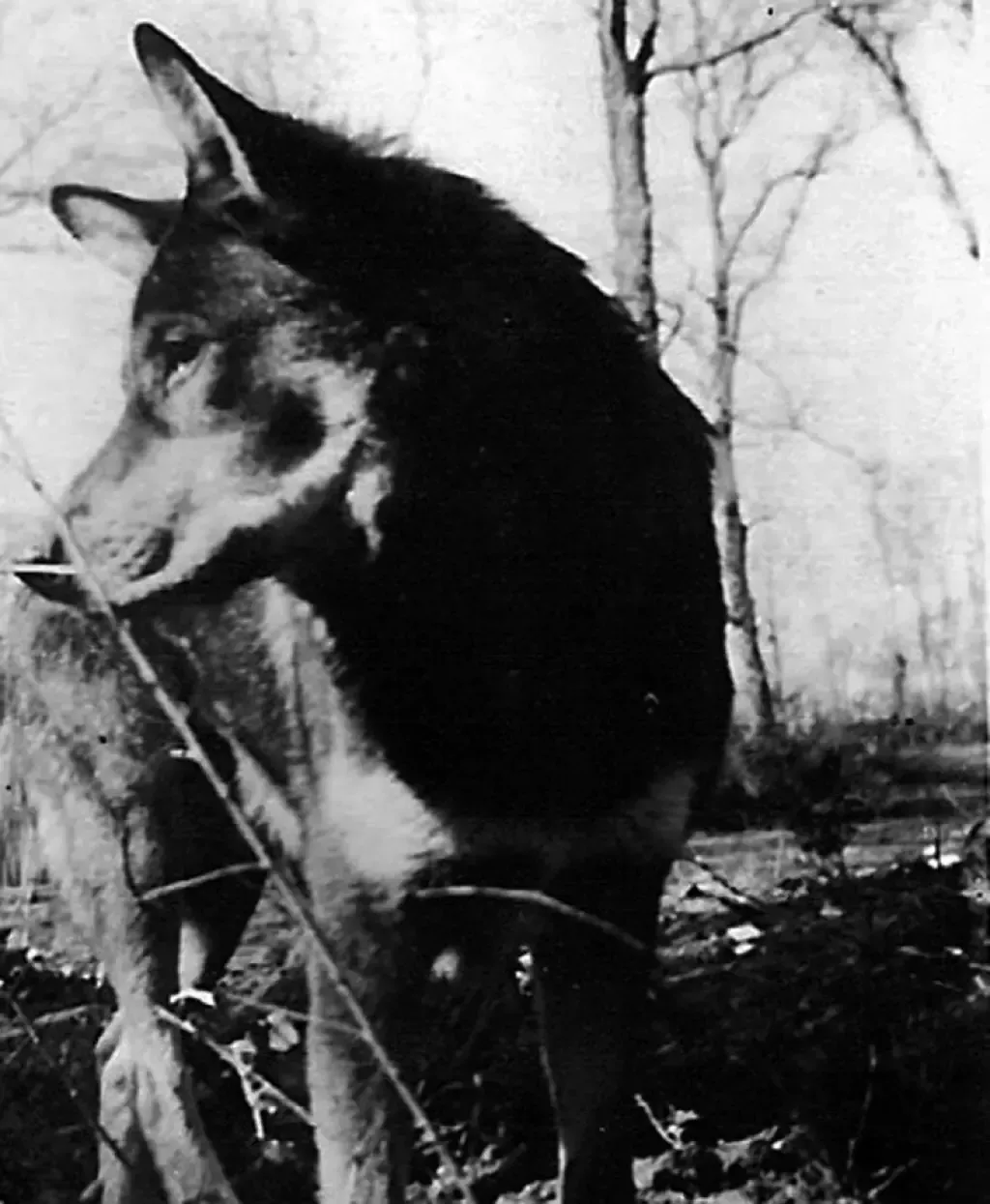 Chips
ChipsUnlike Stubby’s beginning, Chips was born and raised by his owners, Mr. and Mrs. Wren, and their son John in Pleasantville, New York. Chips's story begins right after the Dogs For Defense program was established. His owners donated him in 1942 where the German Shepherd, Border Collie, and Siberian Husky mix was sent to the War Dog Training Center in Fort Royal in Virginia. After undergoing rigorous training, Chips was assigned to the 3rd Infantry Division in October later that same year.
Chips's military career began in North Africa through the Moroccan and Tunisian Campaigns and in January 1943, he was given sentry duty (guard duty) at the Casablanca Conference, the meeting between U.S. President Franklin Roosevelt and British Prime Minister Winston Churchill to finalize Allied plans for the war.
However, it wasn't until 1943 during Operation Husky in Sicily did Chips obtained true recognition. While with his handler, Pvt. John R. Rowell, Chips discovered a hidden machine-gun nest. Chips wasted no time and broke away from Rowell, ignoring his calls. Chips jumped into the nest, clasping his jaws around the enemy's neck. Whipping and thrashing as he was trained to do, Chips didn't back down. The scuffle caused chaos inside the nest and still, Chips didn't release. The machine gun and mount eventually fell over.
Taking the opportunity, Rowell ran over to Chips. Rowell was prepared to fight, but when he arrived, the door to the nest opened slowly revealing an enemy soldier surrendering with Chips still biting down hard. Rowell called Chips off before he could kill the man. Chips's heroic action resulted in the surrender of four enemy soldiers.
Later in 1944, Chips was awarded the Distinguished Service Cross for his take down of the machine-gun nest and a Purple Heart after being wounded during said attack. However, despite Chips's bravery in combat, his awards were redacted after complaints were made because Chips was not human.
After his honorable discharge in 1945, Chips returned to New York where he spent the rest of his life with his family until his passing only about a year after returning home.
Check out more of Chips's Story!
Nemo
 Nemo
NemoNemo was a German Shepherd recognized for his acts of valor in Vietnam.
On December 4th, 1966, U.S. Air Force Airman, Bob Throneburg was only twenty-two years old when he and Nemo were on patrol at Tan Son Nhut Air Base in Vietnam. Their orders, as the military working dog team, were to find and hunt down the enemy after sixty of them had been dispersed and tried to enter the base.
At around 3:00 AM, Nemo had detected someone, causing the intruder to immediately flee, however, Throneburg fired at the intruder. A second time, Nemo's ears perked up. Throneburg didn't hesitate to release Nemo on the Viet Cong soldier. The enemy fired several shots, hitting Throneburg in his shoulder and Nemo in the nose.
Nemo didn't stop. He continued to attack the soldier, giving Throneburg just enough time to call for backup. After which, Throneburg began to lose consciousness from his wound. Nemo noticed this and ran back to his handler and laid on top of him. This was what K9s were trained to do if their handlers fell injured.
Nemo stayed on top of Throneburg protecting him from receiving any injuries until backup arrived. Both Throneburg and Nemo were rescued and taken immediately to be medically treated.
According to the base vet, Nemo was in bad shape when they brought him in. He required skin grafts and a tracheotomy to help him breathe. His right eye was removed because of the bullet wound.
Nemo recovered from his wounds and later retired from active duty. Because of his actions that night, Nemo became the face of the K9 Corps. He was credited with saving Throneburg's life and also preventing further losses of life at Tan Son Nhut.
Nemo had passed away in 1972 at the Lackland Air Force Base where his kennel has been kept standing as a memorial.
Learn more about Nemo and his impact on military working dogs and their handlers!
Although Stubby, Chips, and Nemo are some of the most decorated dogs in American military history, many other K9 legends made their significance through acts of outstanding gallantry and loyalty to their handlers and fellow brothers in arms.
Just like our human veterans, we cannot thank these K9s enough for risking their lives to protect our country and the lives that make it up. Today is not only to honor the military working dogs of the U.S. but all K9s that have trained and dedicated their lives to serving us whether that be in law enforcement, fire departments, or even search and rescue dogs (SAR dogs).
Happy K9 Veterans Day to all canines and their dedicated handlers!

